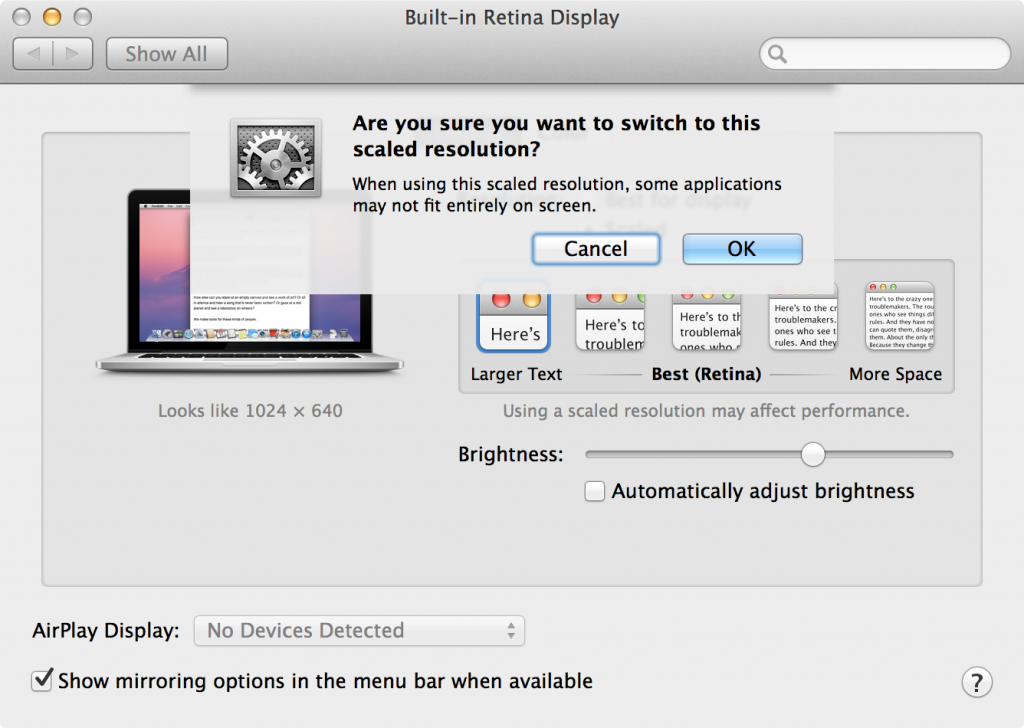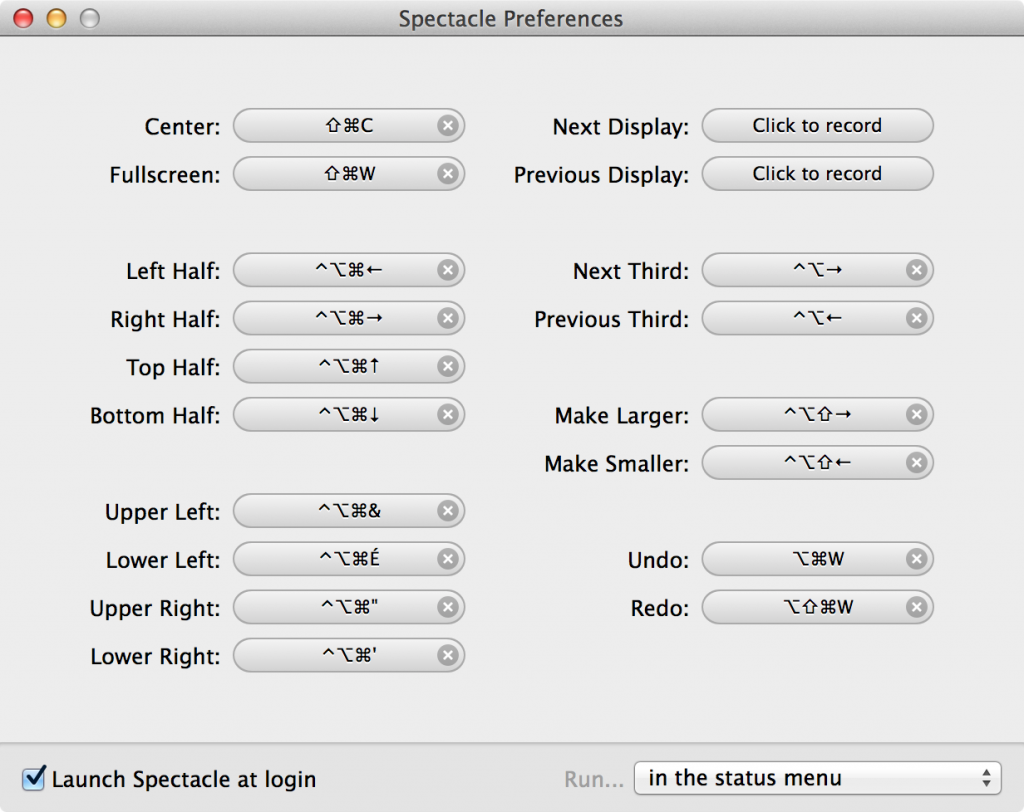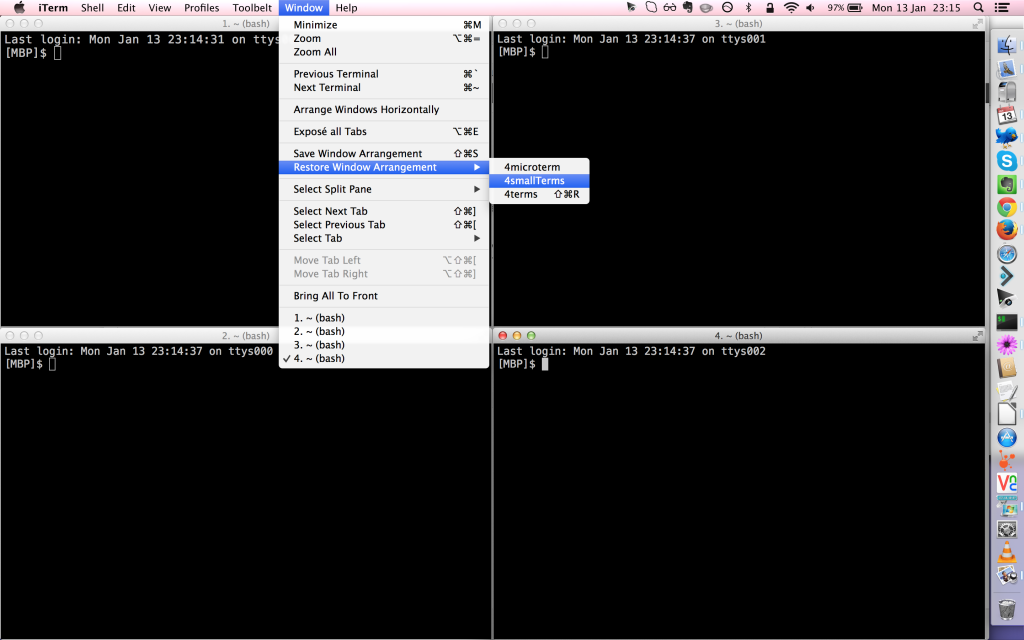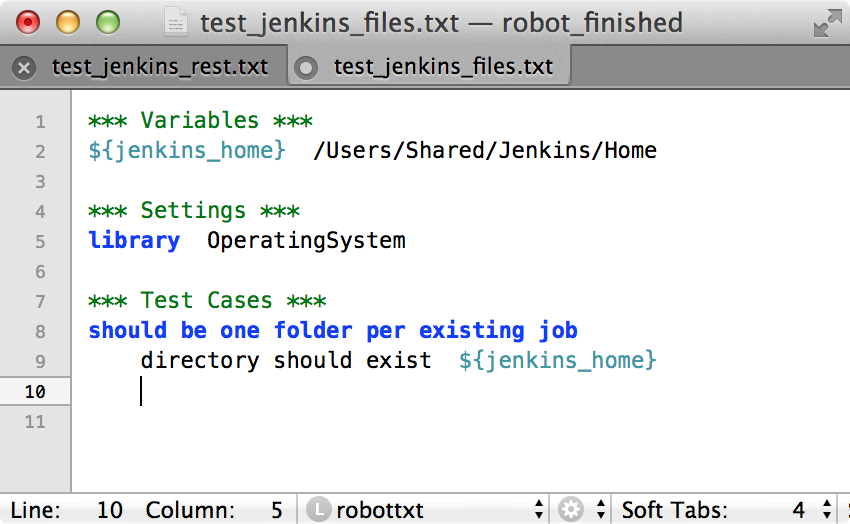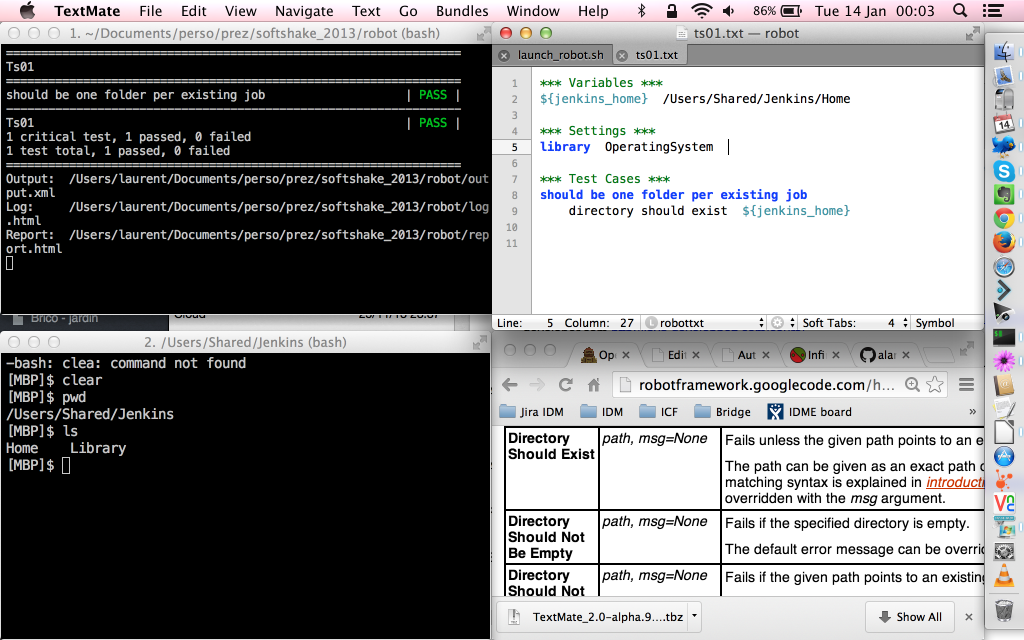la JFTL est une conférence organisée par le CFTL, association qui propose des certifications de tests logiciels. Cette année, pour la 6e édition, il y avait 500 personnes inscrites pour la journée. Dans les diapos d’introduction on nous informe que la population des visiteurs est bien ventilée entre management et opérationnel. Voici un rapide retour sur les sessions que j’ai pu voir.
Présentation intéressante de la gestion des tests de performance sur un projet RATP. Le SUT est une web app à destination des conducteurs de bus. Méthodologie classique teintée d’Agile. Les présentateurs ont partagé leur souhaits de faire des tests de perf en continu, mais ont avoué avoir eu beaucoup de mal à le faire (pour pouvoir faire les tests de perf, il faut déjà que le SUT soit fonctionnellement correct, d’ou besoin d’attendre la fin des sprints ou le sprint suivant). Côté outil: Gatling pour les développeurs et NeoLoad pour les testeurs.
SmartTesting a présenté sa solution Zest. Il s’agit d’un outil d’écriture de tests fonctionnels en ligne. Avec cet outil, on va pouvoir créer progressivement un DSL (ensemble de mots d’actions) que l’on veut utiliser dans des scénarios de tests. La plate-forme aide à l’écriture (suggestion d’actions lors de la frappe) et au refactoring (renommer des actions, créer des actions pour des motifs récurrents). Si l’on veut automatiser ces tests, on peut récupérer les tests en XML que l’on n’aura “plus qu’à” traduire dans le langage/framework de tests automatique de son choix. Je reste assez perplexe devant ce choix de ne pas proposer en natif une solution qui permette directement l’execution des tests comme il est possible de le faire avec des Cucumber, Fitness et Robot Framework.
Pages Jaunes a fait un retour d’experience sur l’utilisation de MaTeLo (de All4Tec) pour tester quelques features du site pagesjaunes.fr. L’outil MaTeLo propose du Model Based Testing. On peut importer ses exigences, décrire les états de son applis et générer des diagramme/flux en utilisant divers algorithme. Une fois les scénarios de tests générés, on peut les automatiser en Selenium. Là encore, je n’accroche pas trop sur l’outil. Pas de commentaire sur le côté mapping exigence/test case qui me semble un peu lourd (mais compréhensible dans de grosses organisations avec MOA, MOE et autres prestataires…). Par contre, générer automatiquement des dizaines/centaines de scénarios de tests qu’on va “automatiquement” exporter en Java/Selenium est contraire aux bonnes pratique d’automatisation qui commande plutôt d’automatiser autant que possible les comportement business “sous la UI” (voir cet article par exemple)
Enfin, présentation un peu poussive sur la génération de données de tests. Sujet intéressant à priori, mais quand je commence à entendre parler de “cellule de génération de tests”, ça sent l’ultra fragmentations et spécialisation des équipes. J’aurais aimé une présentation moins magistrale, plus concrète.
Globalement une conférence peu technique sur un sujet très technique. De ce point de vue, la présentation par HP de la nouvelle version de HP ALM/QC qui promet d’automatiser tous les tests et de trouver tous les bugs (ainsi que de résoudre la faim de la monde) a semblé captiver l’auditoire alors qu’elle aurait pu pas mal prêter aux sarcasmes :-)
A noter aussi la grande place occupée par les SSII dans beaucoup de présentation. Les clients finaux ne faisaient jamais de présentations seuls, mais toujours accompagnée de leur SSII. D’ou un dialogue très poli entre client qui a une vision métier du problème et la SSI qui a un discours “on va résoudre tout vos problèmes”. Grosse absence des testeurs qui mettent les mains de cambouis. Peut être car ils étaient retenus en Inde…
Journée intéressante malgré ces quelques bémols. Merci aux organisateurs et aux présentateurs !

